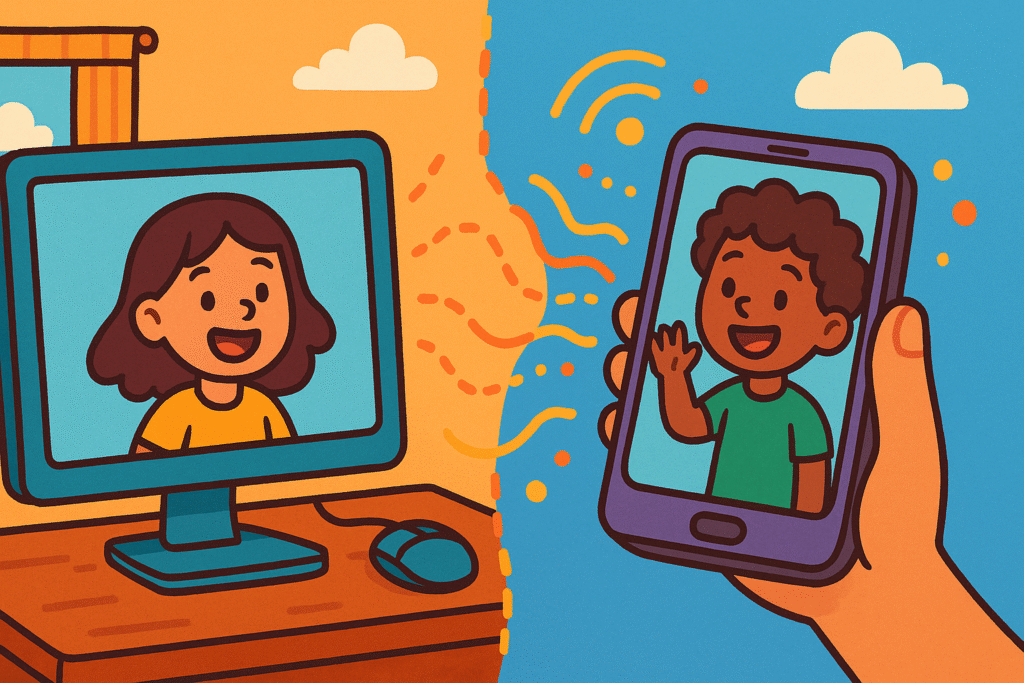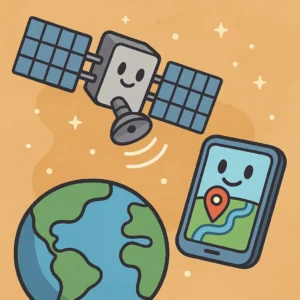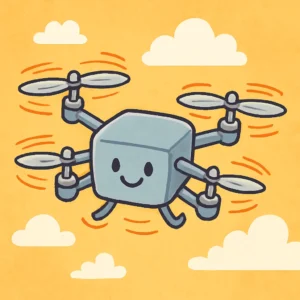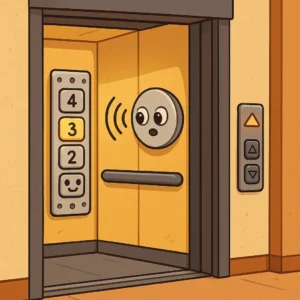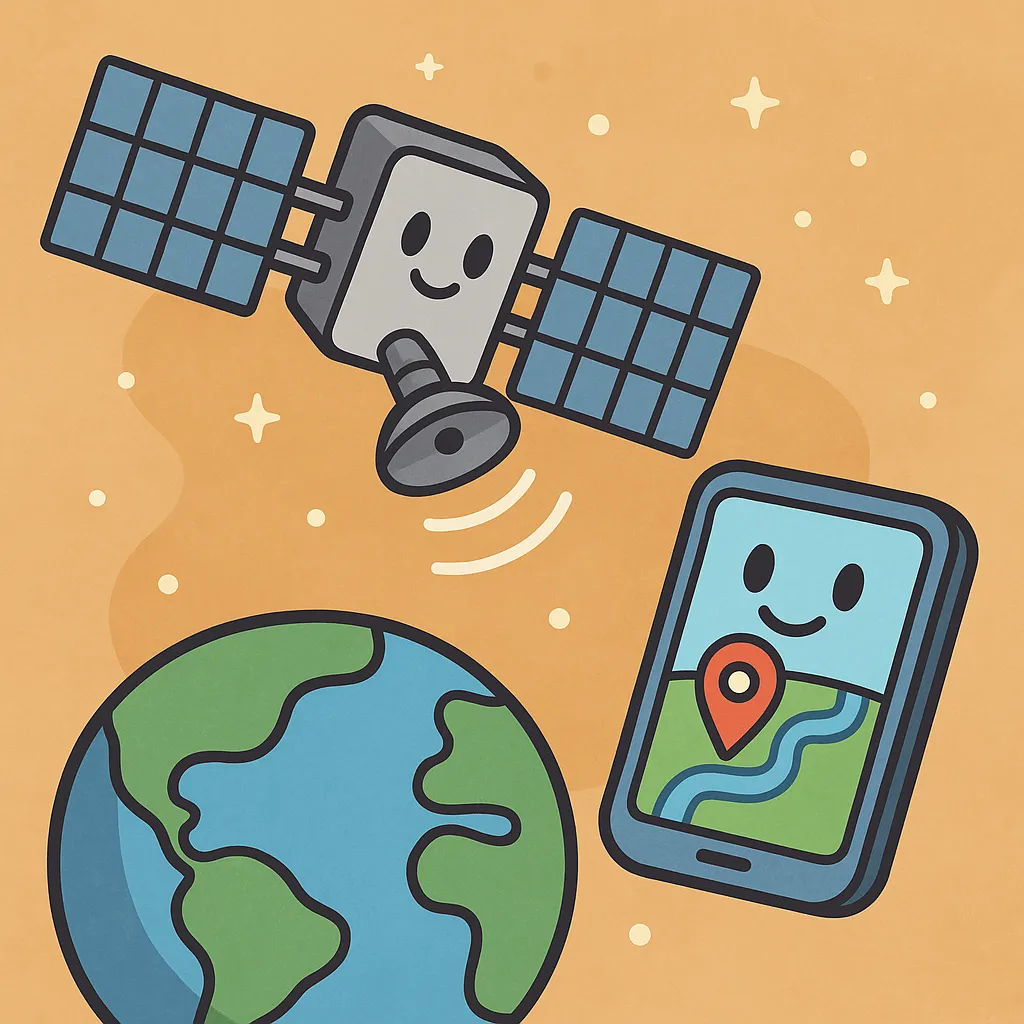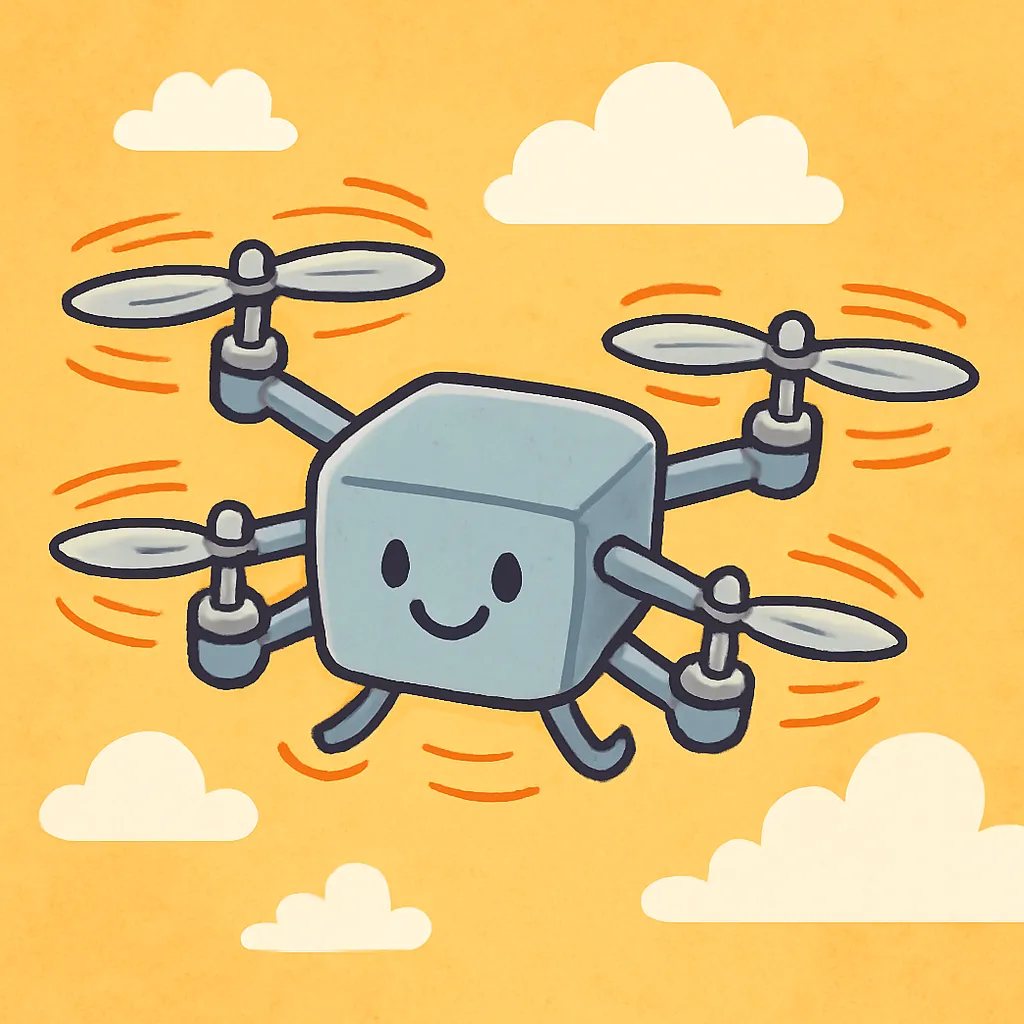Turning Your Voice and Face into Data
Video calls work by turning your voice and the image from your camera into digital data. This data is sent through the internet in tiny packets. Your device’s microphone captures your voice, and the camera records your face in real time. The information is then compressed to make it smaller and travel faster.
Sending and Receiving in Real Time
Once your data is ready, it travels through cables, satellites, and cell towers to reach the other person’s device. Their device converts the data back into sound and video, allowing them to see and hear you instantly. This happens so quickly—often in less than a second—that it feels like you’re talking face-to-face, even if you’re thousands of miles apart.
FAQs
Q: Why do video calls sometimes freeze or get blurry?
A: This happens when the internet connection is slow or unstable, making it harder for data to travel smoothly.
Q: Can video calls work without the internet?
A: No, they need an internet connection to send and receive data between devices.
🧠 Conspiracy Theory
Some believe video calls are powered by tiny invisible messengers running inside internet cables.
😅 Dad Joke
Why did the smartphone apply for a job? It wanted better connections!

